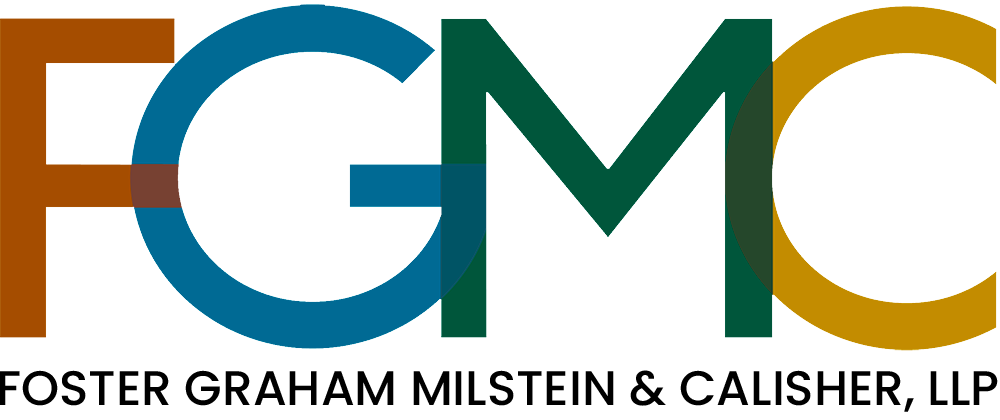Today the U.S. House of Representatives passed the Coronavirus Aid, Relief, and Economic Security Act (known as the “CARES Act” or the “Act”). The legislation now heads to President Trump for his expected signature and enactment into law. The $2 trillion piece of legislation, consisting of nearly 900 pages, provides financial support to individuals, businesses and states. This article examines one portion of the CARES Act that grants loans to small and medium sized businesses, and a program by which all or a portion of those loans may be forgivable.
Section 1102 of the CARES Act is known as the Paycheck Protection Program and expands Section 7(a) of the Small Business Act by creating a new type of Small Business Association (“SBA”) loan. It is supplemented by Section 1106 of the Act, which provides the mechanism by which these loans may be forgiven in whole or in part. The Act allocates $349 billion to this new loan program.
Eligible Borrowers and Uses of Loan Proceeds
In general, the new loan program is available for businesses, nonprofits, veterans groups, and tribal businesses with 500 or fewer employees. Businesses eligible include sole proprietorships, self-employed persons, and independent contractors. Hotels and food service chains are eligible on a per location basis, provided the location applying for a loan has 500 or fewer employees. To be eligible the borrower must have been in business on February 15, 2020.
Loans are available to cover payroll costs, rent, mortgage interest (but not principal), interest on other existing debts, utilities, and insurance. Payroll costs include salaries, wages, cash tips, employee leave (vacation, parental, family, medical, and sick), allowances for dismissals and separations, group health care and insurance benefits, retirement benefits, and state and local taxes.
Loan proceeds cannot be used to fund stock buybacks, executive compensation, and employee layoffs.
Loan Specifics
Loans under the new program are available through June 30, 2020 from private financial institutions like banks and credit unions that participate in the SBA’s lending network. Generally, SBA loans are guaranteed by the SBA only to the extent of 75% or 85% of the loan amount. However, under the new loan program the loans are fully guaranteed by the SBA.
The maximum amount of the loan is limited to the lesser of 2.5 times a borrower’s average monthly payroll, or $10 million. Average monthly payroll is calculated using the twelve-month period immediately prior to when the loan is made, and should exclude compensation paid to any employee (including independent contractors) in excess of $100,000, prorated for the 8-week period commencing upon origination of the loan. Seasonal employers (as determined by the SBA) may use the 12-week period commencing February 15, 2019, or the period beginning March 1, 2019 and ending June 30, 2019. If the loan recipient was not in business the period February 15, 2019 through June 30, 2019, the monthly payroll testing period is January 1, 2020 through February 29, 2020. Previous disaster loans made since January 31, 2020 may be added to the amount of the loan.
The maximum term for all loans that remain after an application for forgiveness has been processed and a determination made (the unforgiven portion of any loan) is 10 years. The maximum interest rate an any unforgiven portion of a loan is four-percent.
Lenders are required to allow borrowers to defer any payments of loan principal, interest, and fees at least six months, and up to one year. The Act requires the SBA to provide lenders with more details concerning the deferral program.
In order to obtain a loan the borrower must provide a “good faith” certification that the borrowed funds will be used to retain workers, maintain payroll, pay rent, mortgage interest, and other eligible expenses. The borrower must certify that current economic conditions make the loan necessary, an application is not pending for the same purpose and for a duplicative amount elsewhere, and that amounts have not been received between February 15, 2020 and December 31, 2020 for the same purposes and amounts under the program. Loan proceeds may NOT be used to compensate employees for salary or wages in excess $100,000, or pay for emergency sick and family leave under the second coronavirus relief package (Pub. Law 116-127).
Unlike other SBA loans, a borrower need not show the credit is not available elsewhere, need not provide a personal guarantee or collateral, and need not pay certain fees.
There can be no penalty for the prepayment of any loan.
Loan Forgiveness Program
Any borrower may apply to have all or a portion of any loan forgiven. Loans are eligible for forgiveness to the extent used during the 8-week period following loan approval.
The forgiveness application process requires that the borrower submit documentation to establish that borrowed funds were used for eligible expenses, including payroll tax filings, IRS forms 1099-MISC, income and expense information for sole proprietorships, state income tax and unemployment insurance filings. Documentation for non-payroll related expenses may include cancelled checks, receipts, invoices and similar statements, etc. The borrower is required to provide certification that the documentation provided is true and correct. A lender is required to make a determination as to forgiveness within 60 days.
The amount eligible for forgiveness is reduced in the event the borrower reduces its workforce and/or the salaries and wages of employees before June 30, 2020. The reduction is determined by multiplying the eligible forgiveness amount by a fraction, the numerator of which is the average number of full-time employees during the “covered period,” and the denominator of which is the average number of full-time employees from February 15, 2019 through June 30, 2019, or at the election of the taxpayer, January 1, 2020 through February 29, 2020. The “covered period” is the eight-week period beginning on the origination of the loan. Additionally, a reduction of the forgiveness amount occurs and is equal to the amount of any reduction in total salaries or wages paid to an employee that is in excess of 25% of the total salaries and wages paid during the most recent calendar quarter during which the employee was employed prior to the covered period. The wage reduction only applies with regard to any employee that received salaries or wages during any 2019 pay period at an annualized rate of pay in excess of $100,000. For purposes of the wage and salary reduction amount, the legislation refers to “employee” in the singular, implying that unless SBA guidelines are issued to the contrary, a detailed employee-by-employee analysis will have to accompany any application for loan forgiveness.
Although any amount of loans forgiven are treated as cancellation of indebtedness income, that amount is not subject to federal income taxes.
The Act also allocates $10 billion to fund emergency relief grants of up to $10,000 each. This amount would be deducted from any forgiven loan amount.
Special Counsel

